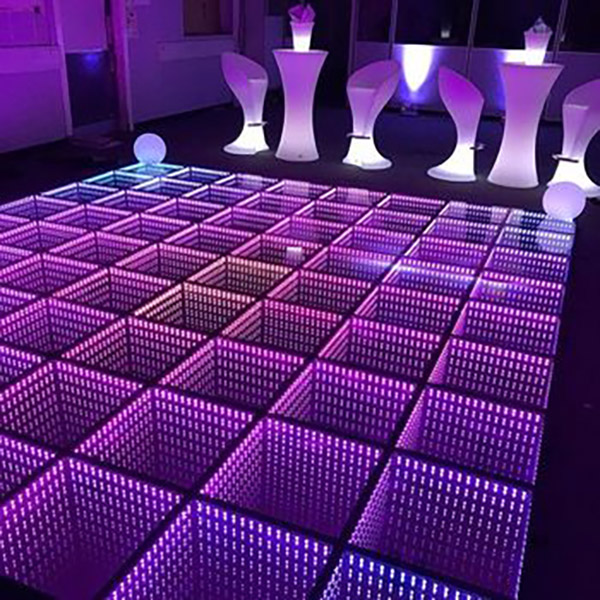Exploring the Versatile Substances That Transform Dance Surfaces into Stunning Aesthetic Experiences
Exploring the Versatile Substances That Transform Dance Surfaces into Stunning Aesthetic Experiences
Blog Article
Dance floors have evolved considerably over the decades, transforming more than just a space to dance to melodies. Today, they are transformed into breathtaking aesthetic experiences through the use of various materials and techniques. These substances not only improve the visual appeal of the area but also enhance the complete experience for dancers and audiences alike. Comprehending the flexible materials that add to these vibrant environments can provide understanding into the craft of dance floor creation.
One of the most common substances used in contemporary dance floors is light-emitting diode illumination. LED lamps are energy-efficient and can produce a wide range of hues and effects. They can be integrated in the floor directly or used as part of a illumination system above the dance floor. This innovation allows for synchronized light displays that can change in response to the music, creating an engaging encounter. The ability to configure these lamps means that they can be tailored to fit different concepts or atmospheres, making each occasion distinct.
Another important material is mirror-like surfaces, such as reflectors or polished tiles. These materials can create an deception of space and dimension, making the dance floor appear larger than it actually is. When performers move, their reflections can add an extra layer of aesthetic interest, enhancing the complete performance. Additionally, mirror-like surfaces can interact with illumination effects, amplifying the hues and patterns displayed on the floor. This combination of illumination and reflection can captivate audiences and elevate the energy of the occasion.
In addition to illumination and mirror-like substances, the use of digital screens has grown progressively popular in dance floor creation. These screens can show lively visuals, graphics, or even live feeds of the helpful hints performance. By incorporating digital technology, occasion organizers can create a comprehensive encounter that engages both the dancers and the audience. The ability to change visuals in actual time allows for a dynamic environment that can adjust to the rhythm and energy of the melodies, making each moment feel fresh and thrilling.
Furthermore, the choice of surface material itself plays a key role in the overall experience. Classic wooden dance floors are still favored for their durability and functional qualities. However, more modern materials like synthetic and elastic are gaining favor due to their flexibility and ease of maintenance. These materials can provide superior impact absorption, minimizing the risk of injury for performers. Additionally, they can be crafted with various textures and colors, allowing for artistic representation in the dance floor's appearance.
In summary, the evolution of dance floors into breathtaking aesthetic experiences relies on a mix of creative substances and techniques. Light-emitting diode illumination, mirror-like materials, electronic screens, and specialized flooring materials all add to creating an captivating environment for dancers and spectators. As innovation continues to advance, the possibilities for enhancing dance floor design will only expand, making future occasions even more captivating and memorable. Understanding these substances helps value the artistry involved in creating spaces where movement and melodies come together harmoniously in unison.